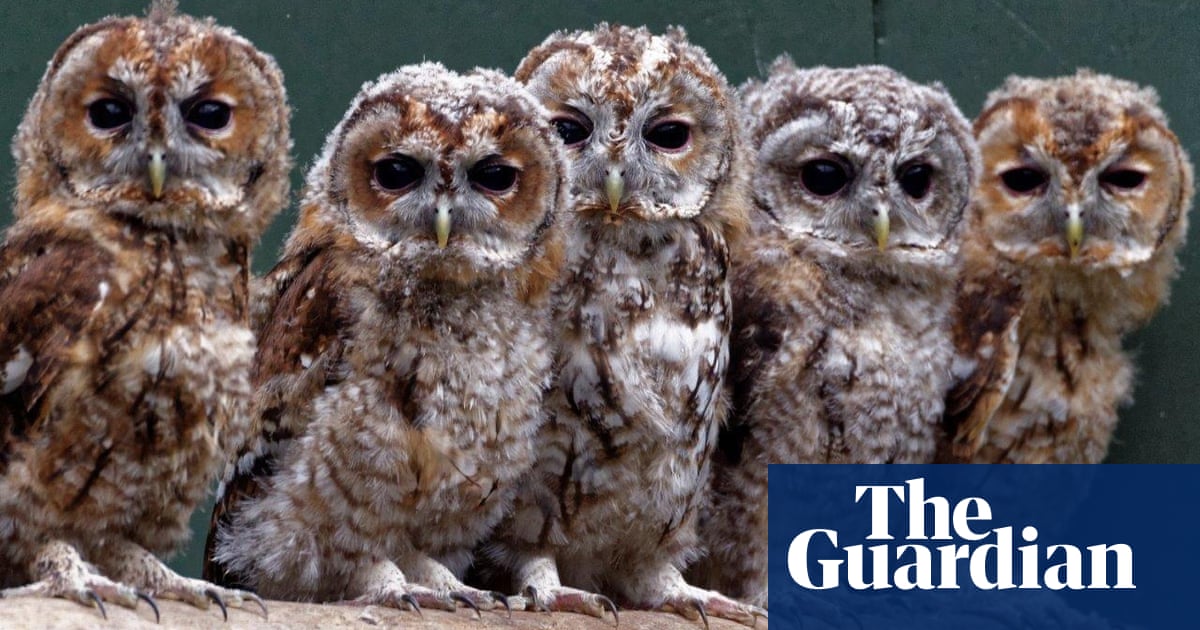
Owls are a paradox. We celebrate them more than almost any other group of birds, yet we hardly ever see them. That is, of course, because many – including by far the commonest British species, the tawny owl – lead a largely nocturnal lifestyle.
We may not see tawny owls very often but we do hear them. That famous “tu-whit, to-whoo” call is actually a duet between the male and female: he performs the hoot, while she responds with a loud, penetrating “kee-wick”.
At this time of year, my Somerset garden echoes with both sounds, as the resident pair try to eject their youngsters from their breeding territory. So keen are they to do so, that I sometimes hear the male hooting during the middle of the day.
I once came across a tawny owl in our garden in broad daylight and was surprised at its size. As it flew away on broad wings, it looked almost as big as a buzzard; an optical illusion, as it is actually far smaller.
I also once enjoyed watching a brood of fluffy youngsters, just emerged from the nest, perching on the branch of the tall ash tree at the bottom of the garden.
But mostly I must content myself with the sound of these mysterious and enigmatic birds, their evocative and unmistakable hooting enlivening our autumn and winter nights.












